As bitcoin and other cryptocurrencies have grown in market share, they’ve been criticized for their heavy carbon footprint: Cryptocurrency mining is an energy-intensive endeavor.
Tag: Land Use
To Cut Global Emissions, Replace Meat and Milk with Plant-Based Alternatives
Replacing 50% of meat and milk products with plant-based alternatives by 2050 can reduce agriculture and land use related greenhouse gas (GHG) emissions by 31% and halt the degradation of forest and natural land, according to new research in Nature Communications journal.
Supporting evidence-based policymaking in The Gambia
A new IIASA policy brief outlines the recommendations, tools, and key findings of the FACE-Africa project, co-developed with Gambian food system stakeholders to help the country adapt to climate change and ensure sufficient healthy food for its people.
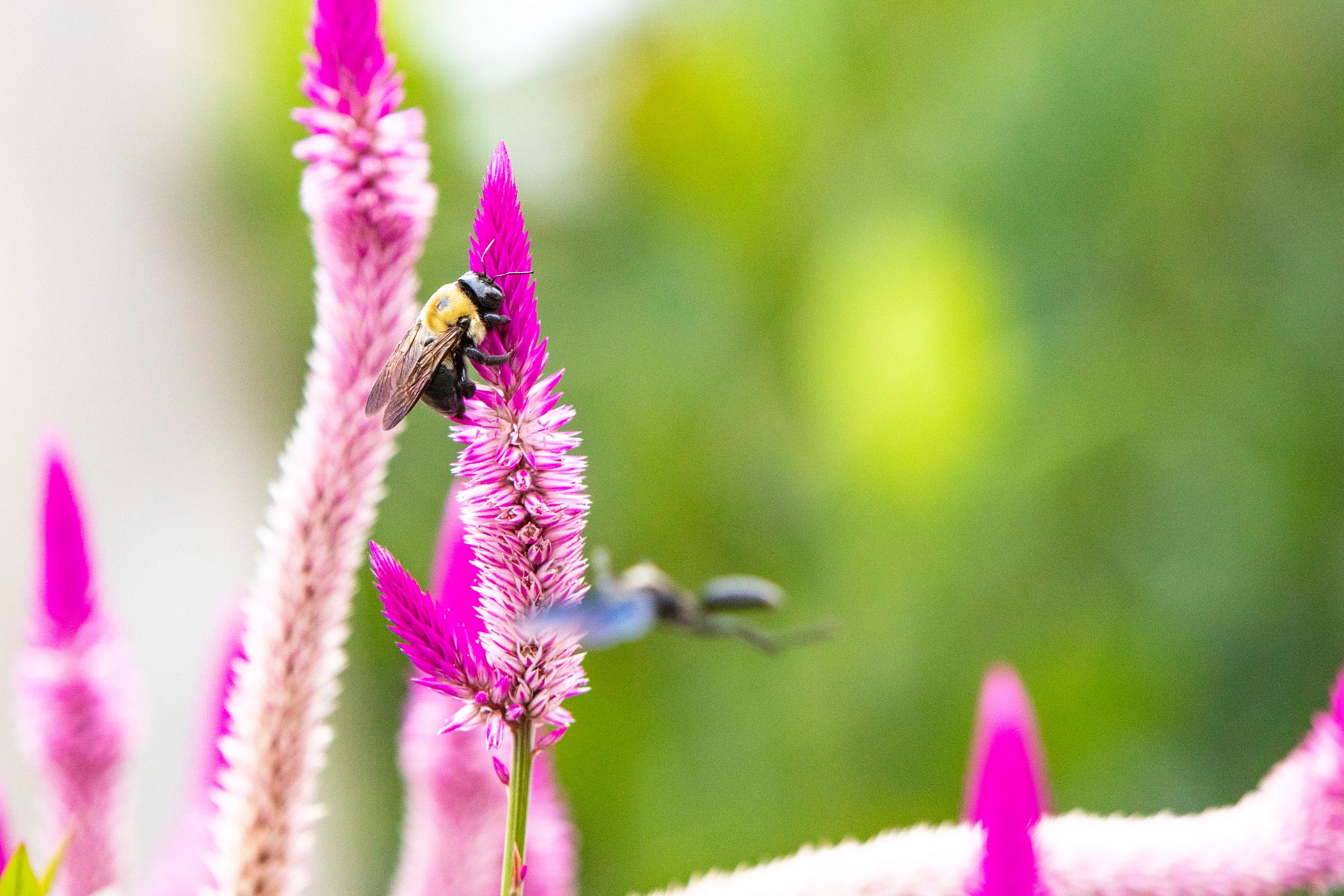
Diverse landscapes at the heart of bee conservation
New research from the University of Georgia revealed that mixed land use – such as developments interspersed with forest patches – improves bee diversity and is leading to new solutions for bee conservation. The researchers hypothesized that development would negatively affect bee diversity, but the results of the study were surprising. They found that small amounts of development actually had a positive impact on the number of bee species present in a given area.
Institutional Alertness and Research on Land Use and Drinking Water Quality
Research examines land ownership in rural regions of the United States, farmland rental arrangements in Canada, and drinking water sharing arrangements on First Nations located in Canada
How we choose to end deforestation will impact future emissions
Could the Glasgow Leaders’ Declaration on Forests and Land Use’s ambitions be too ambiguous? An international team of researchers looked into this question.
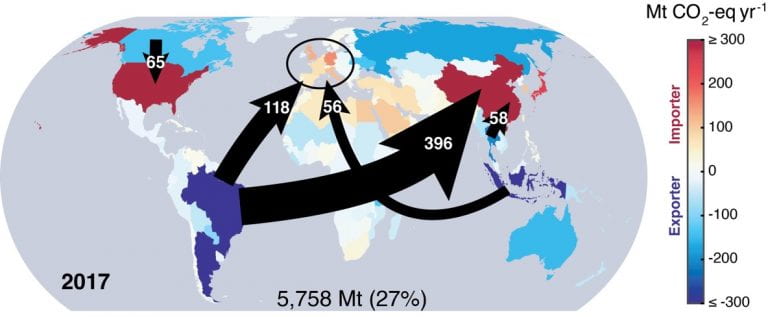
Emissions tied to the international trade of agricultural goods are rising
Irvine, Calif., May 6, 2022 – Earth system scientists at the University of California, Irvine and other institutions have drawn the clearest line yet connecting consumers of agricultural produce in wealthier countries in Asia, Europe and North America with a growth in greenhouse gas emissions in less-developed nations, mostly in the Southern Hemisphere.
Improving Georgia land conservation through algorithms
A team of University of Georgia researchers has created a model to help land developers and public officials identify the land that is best suited for conservation. Led by Fabio Jose Benez-Secanho, a former UGA graduate student, and Puneet Dwivedi, associate professor in the Warnell School of Forestry and Natural Resources, this first-of-its-kind algorithm considers a variety of factors not included in other models when calculating the value of land for conservation.
Enhancing Land Surface Models to Grow Perennial Bioenergy Crops
To understand the effects of expanding biofuel production, scientists must accurately represent biofuel crops in land surface models. Using observations from biofuel plants in the Midwestern United States, researchers simulated two biofuel perennial plants, miscanthus and switchgrass. The simulations indicate these high-yield perennial crops have several advantages over traditional annual bioenergy crops—they assimilate more carbon dioxide, and they require fewer nutrients and less water.

UIC Urban Forum to address wealth gap, equity concerns
New York Times best-selling author Heather McGhee to deliver keynote for virtual event April 14
National Outstanding Researcher of the Year 2021 (Philosophy) and His Research to Solve Social Inequality
According to Assoc. Prof. Dr. Apiwat Ratanawaraha, Department of Urban and Regional Planning, Faculty of Architecture, Chulalongkorn University and National Outstanding Researcher of the Year 2021 (Philosophy) “Land use in Thailand has been a chronic problem and the cause of systemic social inequality and injustice. If we are unable to resolve this issue, it is difficult to reduce inequality and injustice in other areas.”
Pathways to sustainable land use and food systems
The findings of a new report suggest that integrated strategies across food production, biodiversity, climate, and diets can meet the objectives of the Paris Agreement and the Sustainable Development Goals (SDGs).
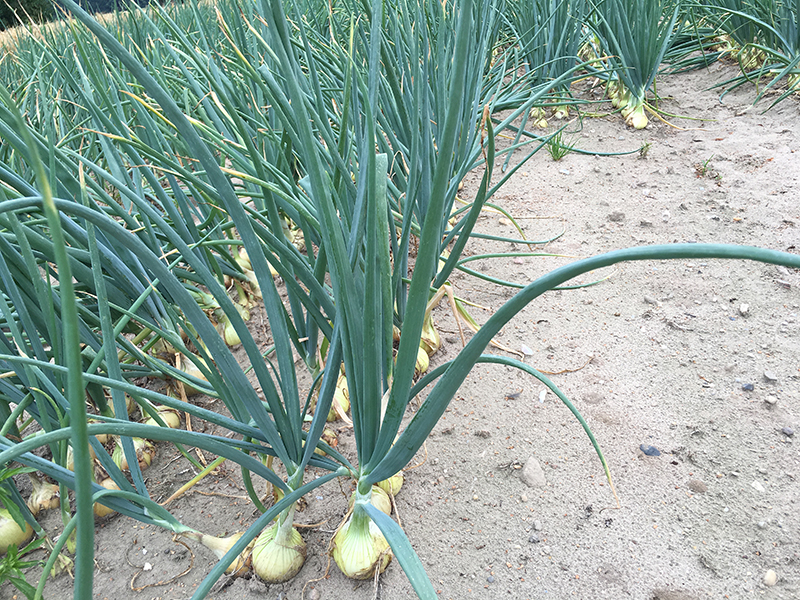
How can farmers grow crops in more coarse soils?
Growing crops in stony soils can be challenging, but feasible
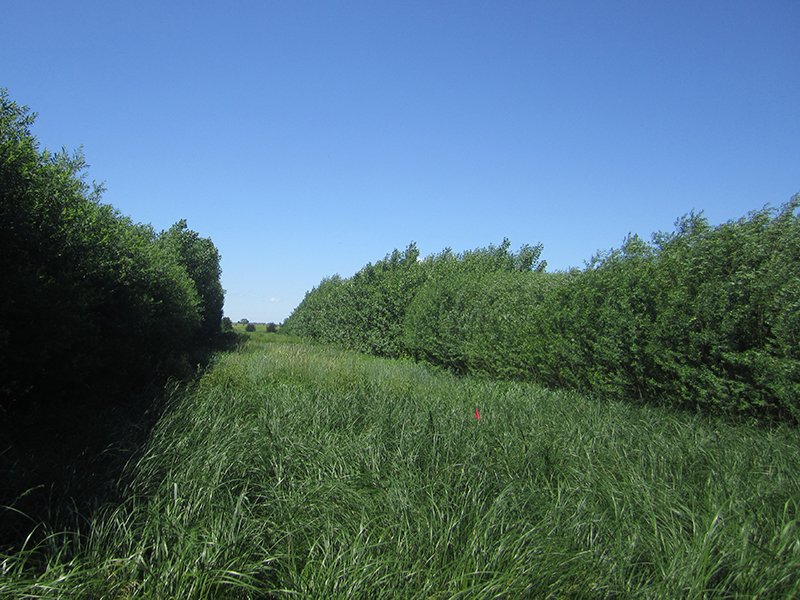
Allies in alley cropping: testing tree and grass combinations
Research shows willow trees may pair well with grass crops in alley cropping systems
Can your diet help protect the environment?
If Americans adhere to global dietary recommendations designed to reduce the impact of food production and consumption, environmental degradation could be reduced by up to 38%, according to a new paper published in the journal Environmental Justice.
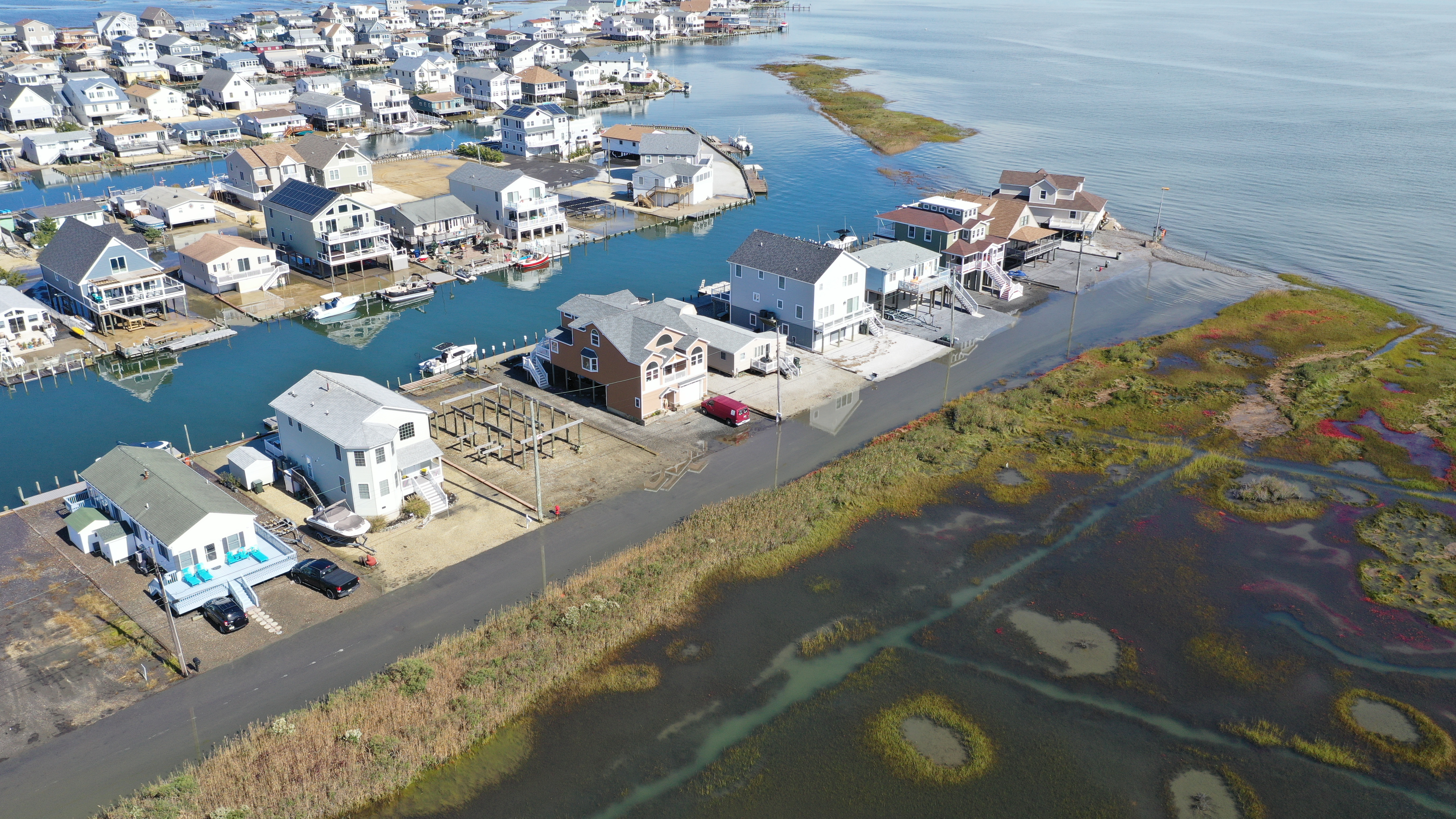
Land Development in New Jersey Continues to Slow
Land development in New Jersey has slowed dramatically since the 2008 Great Recession, but it’s unclear how the COVID-19 pandemic and efforts to fight societal and housing inequality will affect future trends, according to a Rutgers co-authored report. Between 2012 and 2015, 10,392 acres in the Garden State became urban land. That’s 3,464 acres a year – far lower than the 16,852 acres per year in the late 1990s and continuing the trend of decreasing urban development that began in the 2008 Great Recession.
Why are we still failing to stop deforestation?
A new study calls for a radically different approach to managing deforestation that focuses on our understanding of how individuals make choices.
Returning land to nature with high-yield farming
A new study shows that about half the land currently needed to grow food crops could be spared if attainable crop yields were achieved globally and crops were grown where they are most productive.

How do my food choices affect the environment?
Every action counts – no food is impact-free.
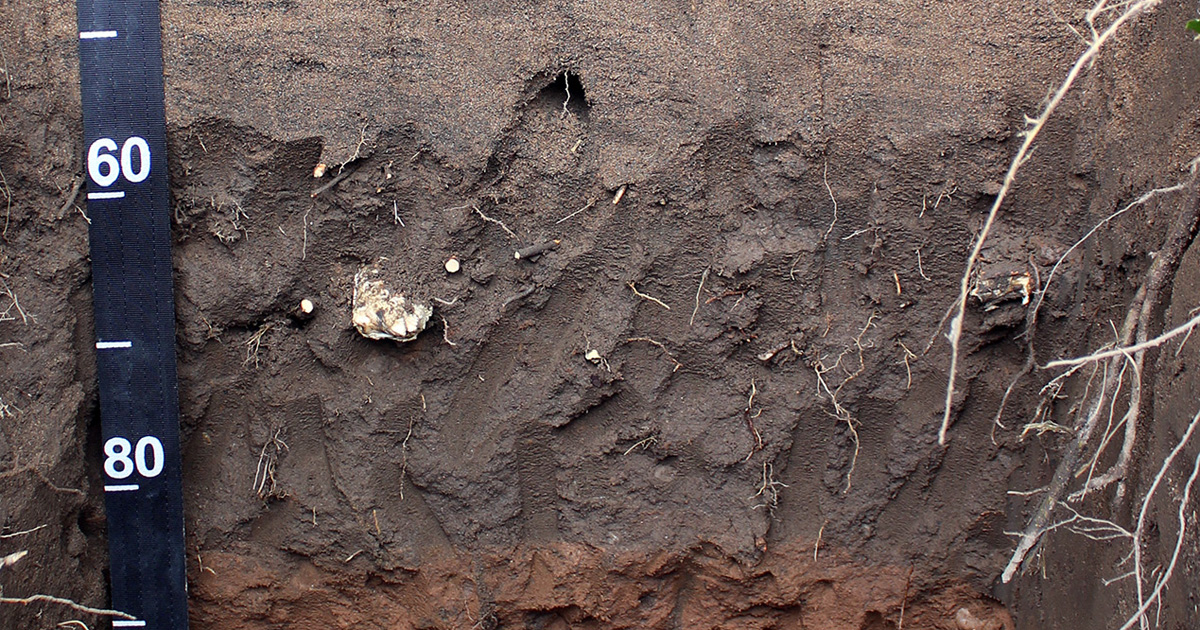
What are alluvial soils?
Unique soils provide many beneficial values to society.
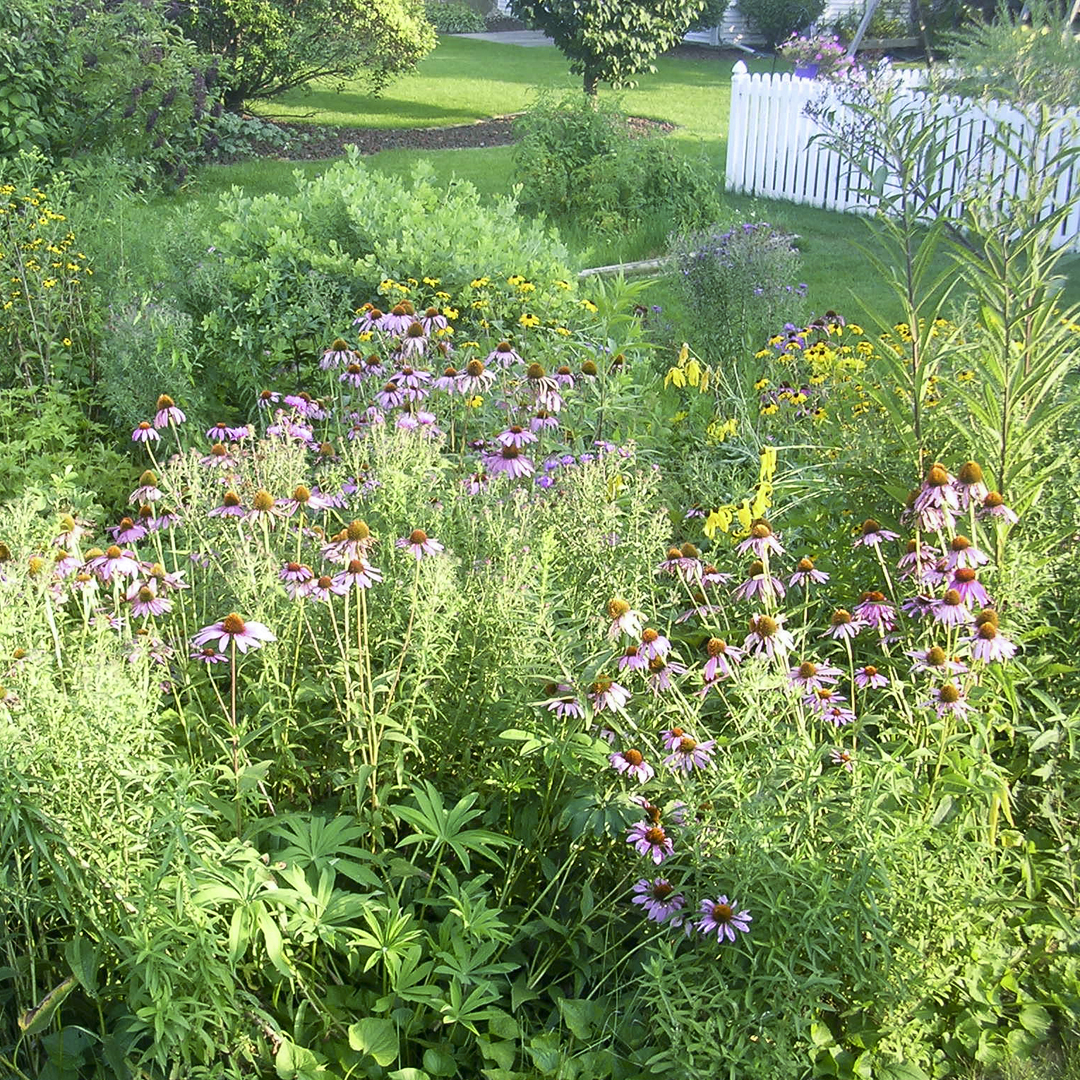
Great American Prairies – the most endangered ecosystem on Earth?
Agricultural advances are primary culprit of the lost prairie
Outcomes published following Iowa State workshop discussing land use, infrastructure issues within Mississippi River watershed
A new network of researchers and community officials is working to find solutions to some of the biggest challenges within the Mississippi River watershed.
Native Americans did not make large-scale changes to environment prior to European contact
Contrary to long-held beliefs, humans did not make major changes to the landscape prior to European colonization, according to new research conducted in New England featuring faculty at Binghamton University, State University of New York. These new insights into the past could help to inform how landscapes are managed in the future.
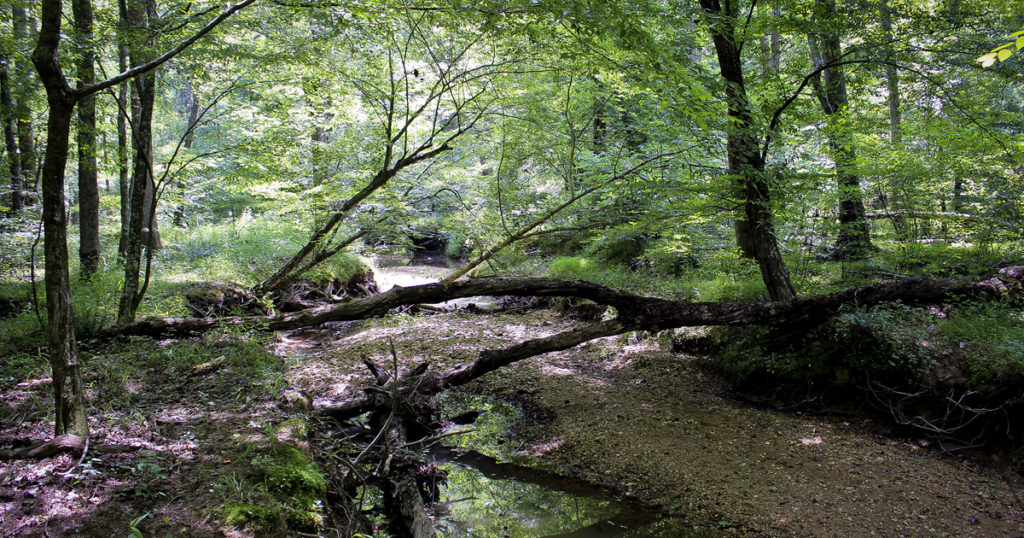
Preserved pollen tells the history of floodplains
Fossil pollen can help reconstruct the past and predict the future
A roadmap to make the land sector carbon neutral by 2040
A new roadmap outlines actions on deforestation, restoration, and carbon cuts that could lead to the land sector becoming carbon neutral by 2040 and a net carbon sink by 2050.